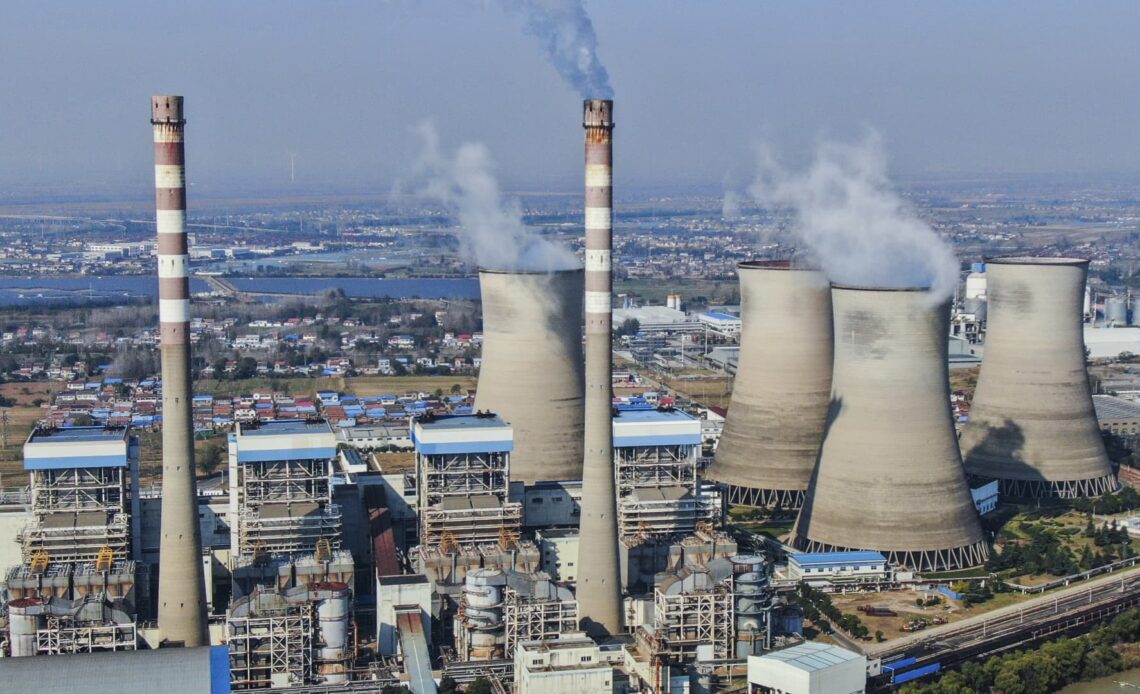The Huaneng Huaiyin power station in Huaian, China, on Nov. 12, 2023.
Nurphoto | Nurphoto | Getty Images
China and India have not reduced coal generation for electricity, according to a new study, making it harder for Asia’s largest carbon emitters to reach their climate targets.
While both Asian countries have ambitious plans to cut emissions, heavy reliance on coal — the dirtiest fossil fuel — continues to be the most reliable and affordable way of meet rising electricity demand.
Global electricity generation from coal has been consistently rising for the last two decades, nearly doubling from 5,809 terawatt-hours in 2000 to 10,434 TWh in 2023, a new study by energy think tank Ember found. The highest increases came from China (+319 TWh) and India (+100 TWh), the study showed.
According to the IEA, coal remains the biggest energy source for electricity generation, supplying more than one-third of global electricity. It will continue to play a crucial role in industries such as iron and steel until new technologies are available.
“It will be very difficult to meet targets without a rapid face down in coal. It’ll certainly be out of reach,” said Francis Johnson, senior research fellow and climate lead at the Stockholm Environment Institute’s Asia Center.
“We’re not phasing out coal fast enough,” he warned.
China
Asia’s largest economy has two big climate goals: to strive for peak carbon emissions in 2030, and reach carbon neutrality in 2060. Still, reliance on coal has shown no signs of waning.
Electricity demand in the East Asian nation has increased by sevenfold since the beginning of the decade, while coal demand has climbed by more than five times over the same period, Ember’s research showed.
China, the world’s largest coal producer, emitted 5,491 million tonnes of carbon dioxide from electricity generation in 2023. That’s at least three times more than the U.S. (1,570 MtCO2) and India (1,470 MtCO2), data from the study showed.
Just because you cut coal emissions, it doesn’t mean you get away with emissions in the other sectors
Francis Johnson
senior research fellow and climate lead at the Stockholm Environment Institute
However, the country has made notable progress in renewable energy development, leading to a slowdown in the rate of emission increase from an average of 9% annually between 2001 and 2015, to 4.4% annually between 2016 and 2023, the energy think tank said.
“China is very close to peak emissions and the clean energy transition is…
Click Here to Read the Full Original Article at Top News and Analysis (pro)…


